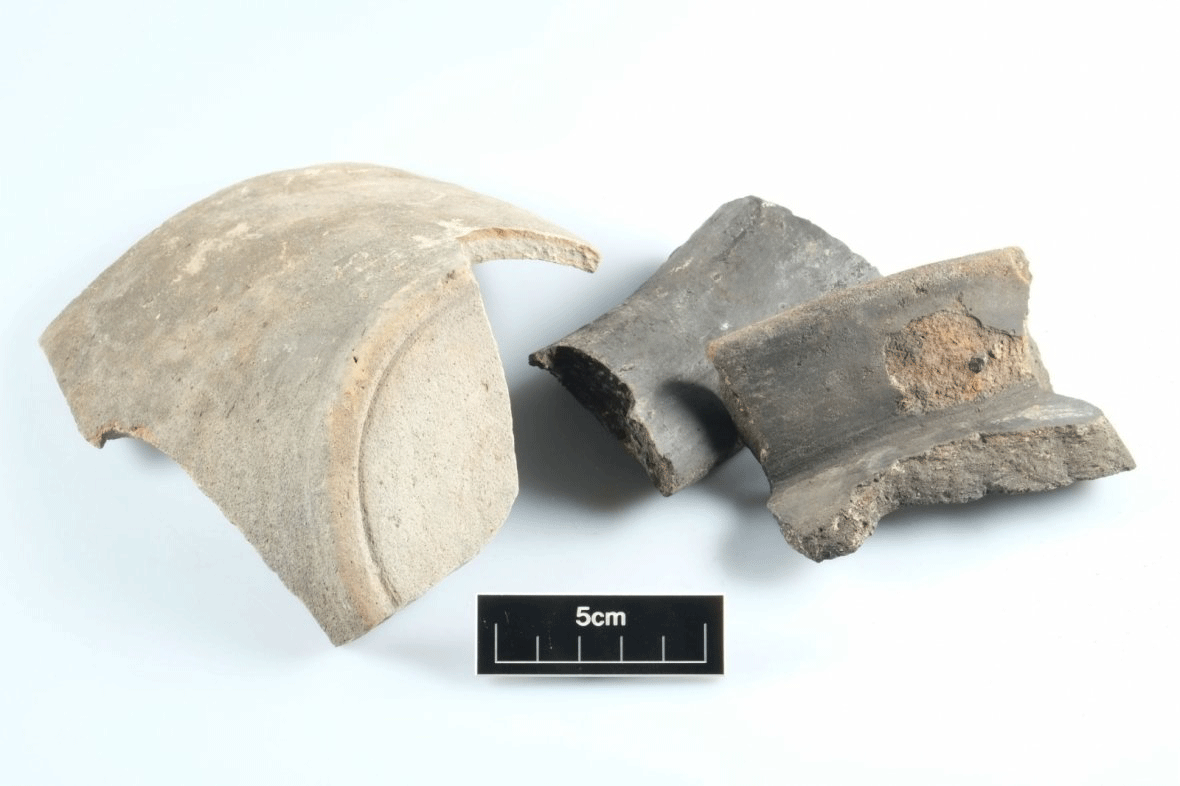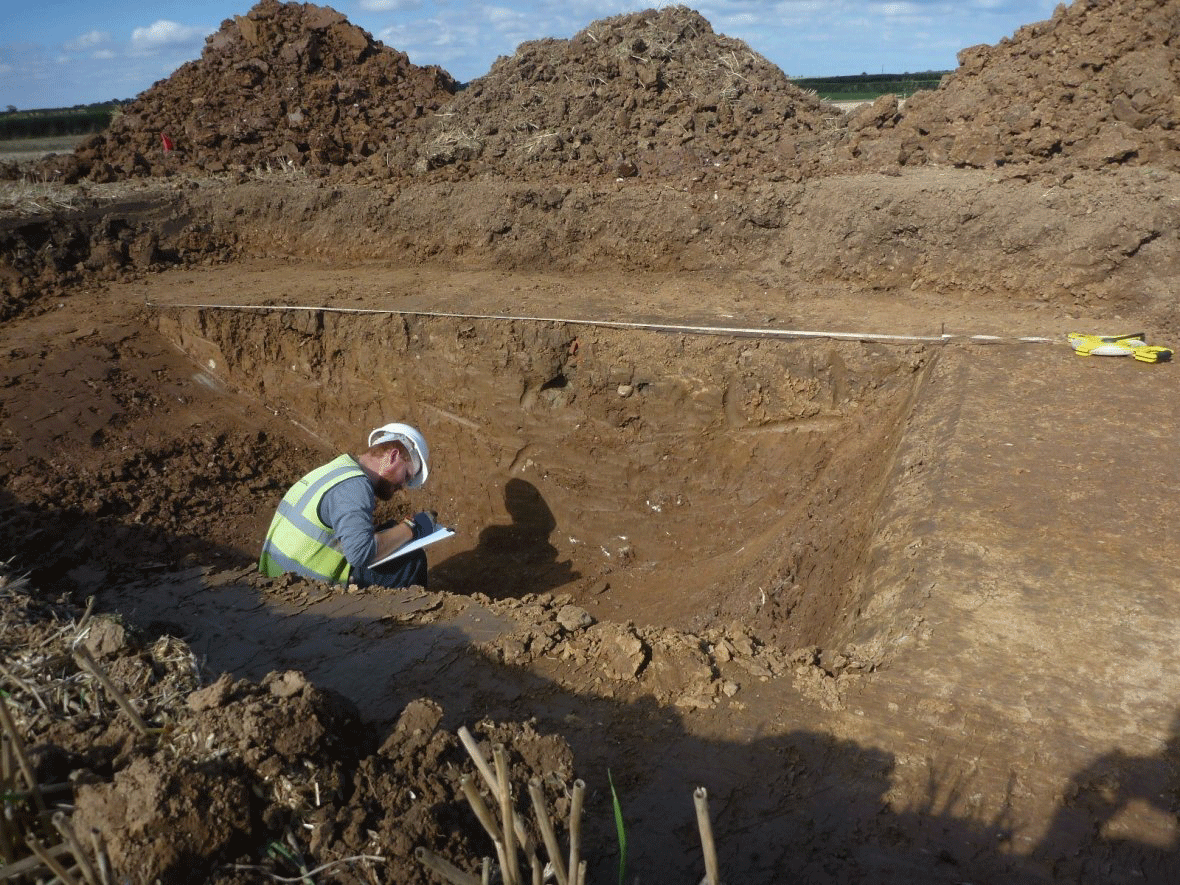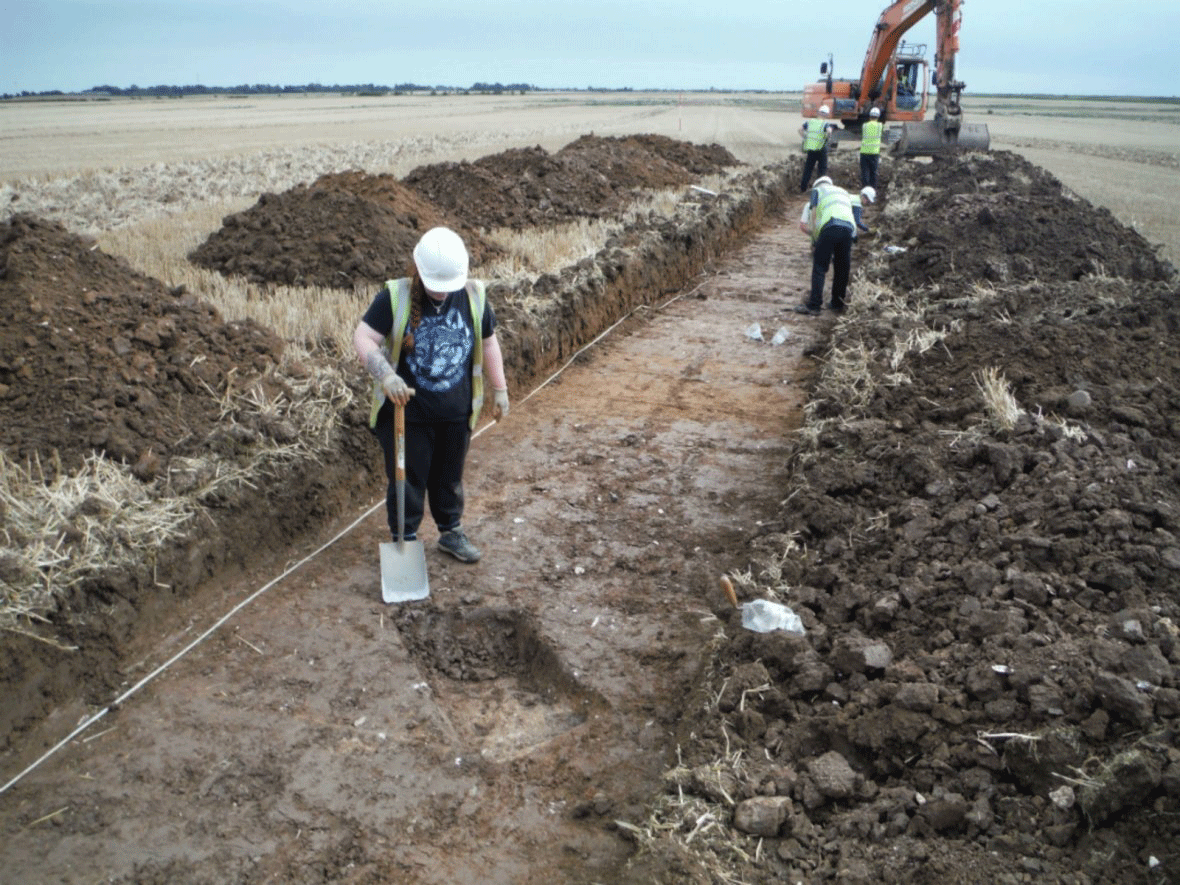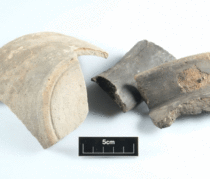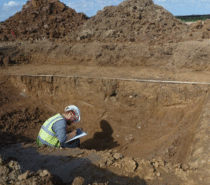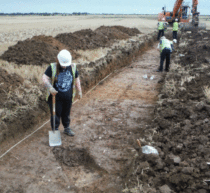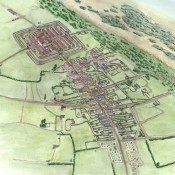Evidence of Roman and medieval lost coastal settlements has been found in east Yorkshire, UK. The sites were abandoned hundreds to thousands of years ago due to coastal erosion and sea level rise. But now archaeologists have discovered pottery fragments, animal bones and charred organic matter and other traces of human activity in the area.
The sites are known to scientists from historical records, but this is the first time traces have been discovered about where exactly and why they were founded.
The area has been under investigation by the Environmental Agency, as a potential site for regeneration of the area’s saltmarsh habitats, to compensate for future coastal development and loss of inter-tidal land in the region. Along with York Archaeological Trust and Historic England the Agency has been researching the area’s historical significance, a project that included archaeological excavations. From evidence they retrieved, researchers found that there were two main periods of human activity and occupation of the land. They have found remains of prehistoric Iron Age and Roman settlements, as well as from the medieval period.
In Pensthorpe, one of the sites, they found large quantities of pottery and traces of buildings. To the south of Skeffling they found a Benedictine priory. A Roman settlement was also found in the area, the most developed one discovered so far. It seems that people in the area would retreat to higher ground when sea levels rose and move towards lower lands when those were habitable to exploit the resources there.
The scenery of the area was very different in the past and changed several times over time. For instance, at the end of the last ice age, about 12,000 years ago, sea levels were much lower, as ocean water was locked up in ice. This means that more land was available for settling and farming. It would even have been possible to walk from Humber to Denmark. Researchers hope that further investigation will yield evidence on the nature of the land dating to the Mesolithic period. So far they have found potential beaches about 5,000-7,000 years old and evidence on the evolution of the landscape since then.
